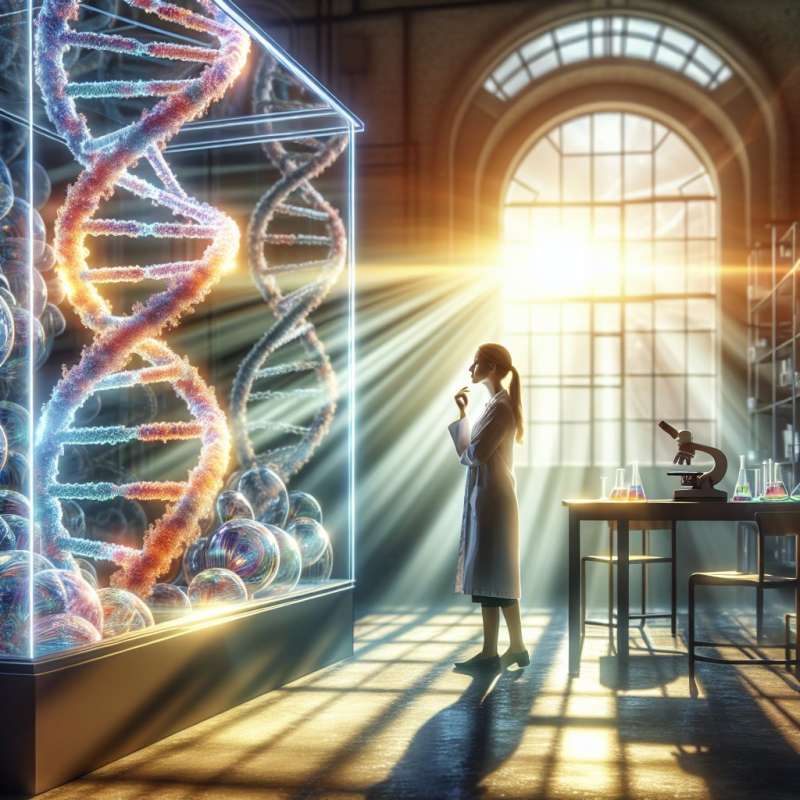
DNA Structure Basics
DNA consists of two long chains of nucleotides twisted into a double helix, held together by hydrogen bonds between complementary bases: adenine with thymine, and cytosine with guanine.
Genetic Code Unveiled
The genetic code is universal, composed of three-nucleotide sequences called codons. Each codon specifies a particular amino acid, translating the genetic information from DNA to proteins.
DNA Replication Mechanism
DNA replication is semi-conservative, where each new DNA molecule consists of one old and one new strand. Enzymes like helicase and DNA polymerase play critical roles in the process.
Transcription Process
Transcription transfers genetic information from DNA to RNA. RNA polymerase synthesizes a primary RNA transcript that is then processed into mature mRNA, tRNA, or rRNA, depending on its function.
Genetic Code Fidelity
Proofreading and repair mechanisms ensure high fidelity in DNA replication. Enzymes like DNA ligase, repair any mismatched bases immediately after DNA synthesis, thus preserving genetic information.
Regulation of Gene Expression
Gene expression is tightly controlled by regulatory DNA sequences and proteins. Operons in prokaryotes and transcription factors in eukaryotes, are key elements in this regulation.
Genetic Recombination
Crossing over during meiosis leads to genetic recombination, which increases genetic variability. Homologous chromosomes exchange genetic material, resulting in new allele combinations in offspring.
What forms DNA's double helix structure?
Hydrogen bonds between complementary bases
Peptide bonds between amino acids
Covalent bonds linking phosphate groups
Company